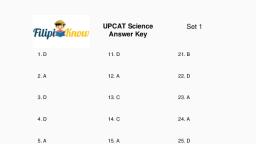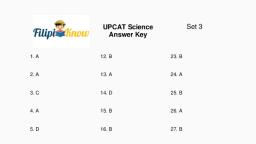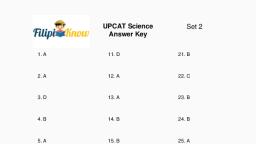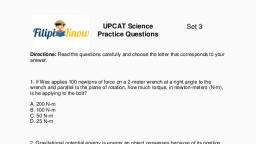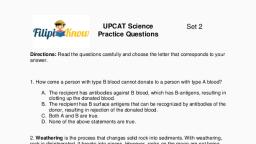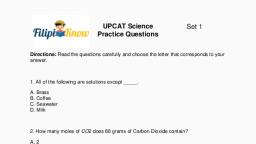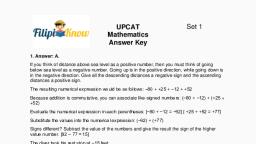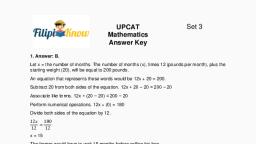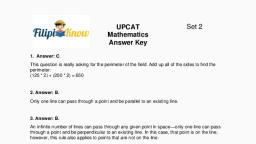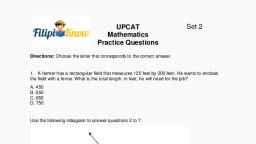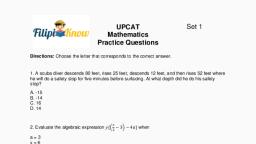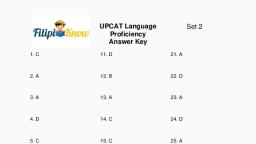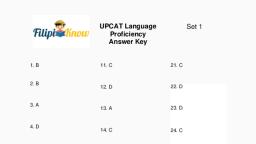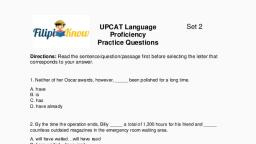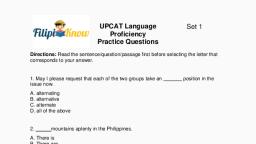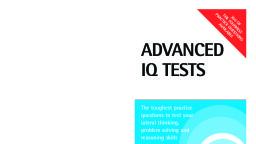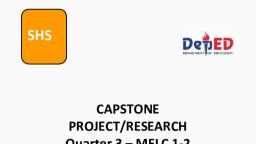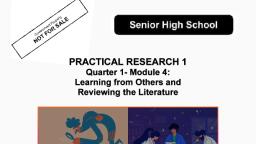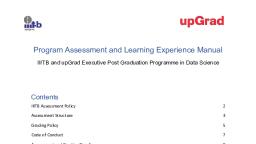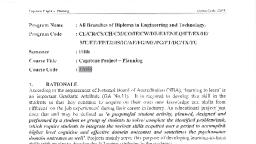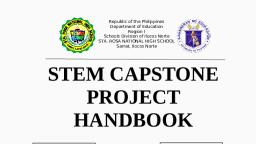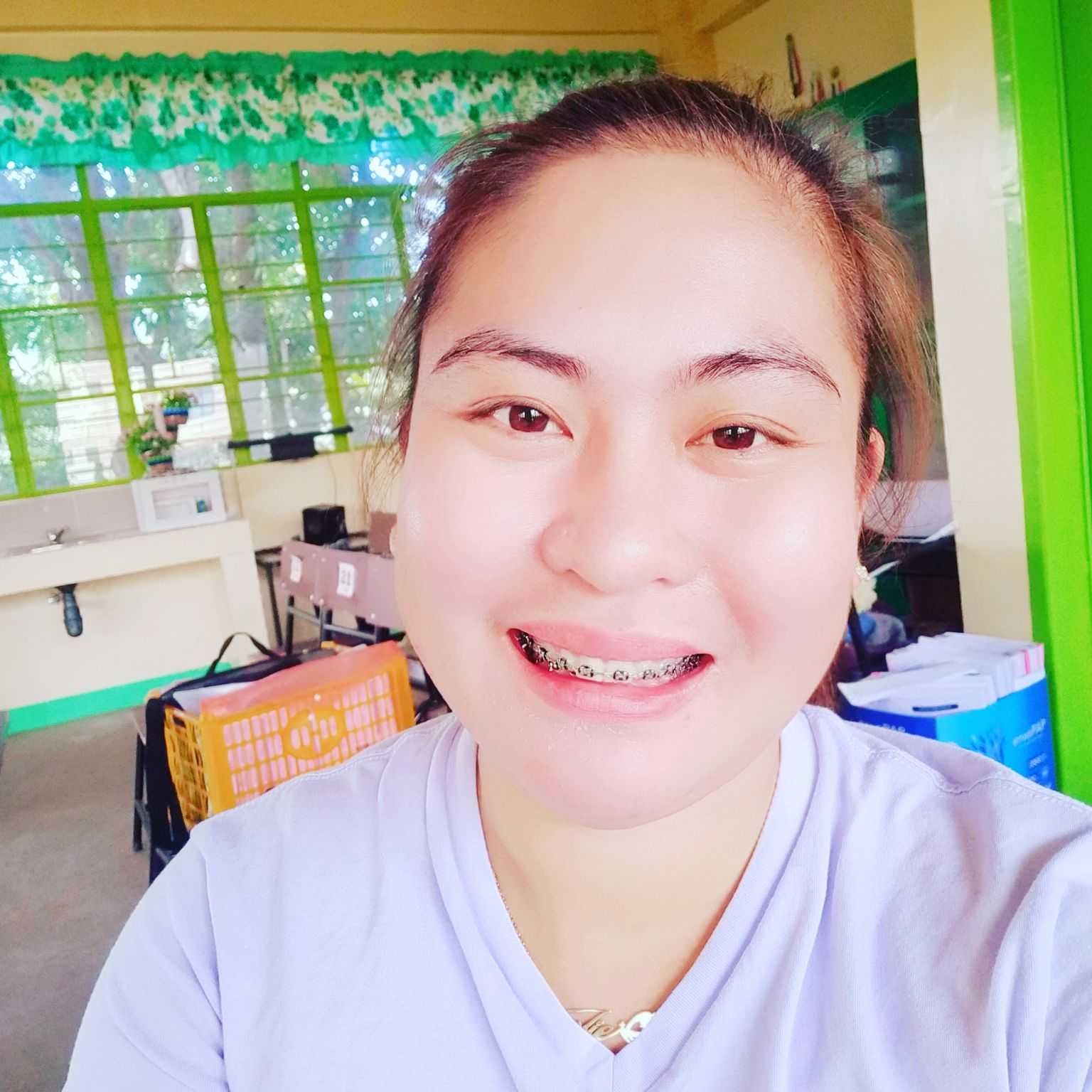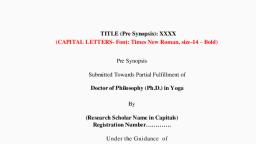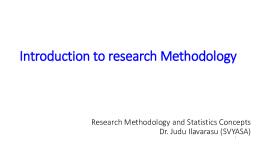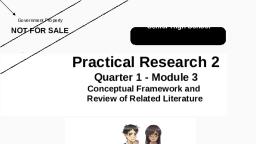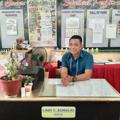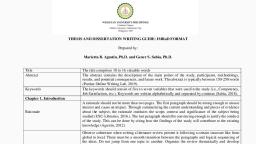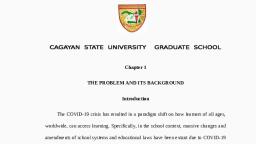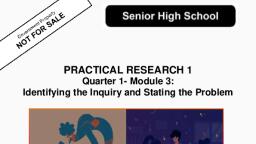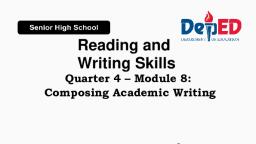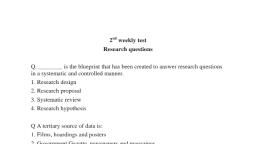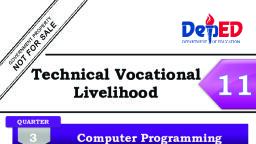Page 1 :
SHS, , CAPSTONE, PROJECT/RESEARCH, Quarter 3 – MELC 3-4, Week 3-5, The Scientific Literature, , REGION VI – WESTERN VISAYAS
Page 2 :
Capstone Project/Research, Activity Sheet No. 2 - The Scientific Literature, First Edition, 2021, Published in the Philippines, By the Department of Education, Region 6 – Western Visayas, Republic Act 8293, section 176 states that: No copyright shall subsist in any, work of the Government of the Philippines. However, prior approval of the government, agency or office wherein the work is created shall be necessary for exploitation of such, work for profit. Such agency or office may, among other things, impose as a condition, the payment of royalties., This Learning Activity Sheet is developed by DepEd Region 6 – Western, Visayas., ALL RIGHTS RESERVED. No part of this learning resource may be reproduced or, transmitted in any form or by any means electronic or mechanical without written, permission from the DepEd Regional Office 6 – Western V, Development Team of Physical Science Activity Sheet, Writer: RONILO V. APONTE, Division of Iloilo Management Team:, Dr. Roel F. Bermejo, Dr. Ferdinand S. Sy., Dr. Novelyn M. Vilchez, Dr. Azucena T. Falales, Ruben S. Libutaque, Lilibeth E. Larupay, Corazon C. Alarcon, Regional Management Team, Ramir B. Uytico, Pedro T. Escobarte, Jr., Elena P. Gonzaga, Donald T. Genine, Rovel R. Salcedo, Moonyeen C. Rivera, Anita S. Gubalane, Minda L. Soldevilla, Daisy L. Lopez, Joseph M. Pagalaran
Page 3 :
Introductory Message, Welcome to Capstone Research!, The Learning Activity Sheet is a product of the collaborative efforts of the, Schools Division of Iloilo and DepEd Regional Office VI - Western Visayas through the, Curriculum and Learning Management Division (CLMD). This is developed to guide, the learning facilitators (teachers, parents and responsible adults) in helping the, learners meet the standards set by the K to 12 Basic Education Curriculum., The Learning Activity Sheet is self-directed instructional materials aimed to, guide the learners in accomplishing activities at their own pace and time using the, contextualized resources in the community. This will also assist the learners in, acquiring the lifelong learning skills, knowledge and attitudes for productivity and, employment., , For learning facilitator:, The Capstone Research Activity Sheet will help you facilitate the leachinglearning activities specified in each Most Essential Learning Competency (MELC) with, minimal or no face-to-face encounter between you and learner. This will be made, available to the learners with the references/links to ease the independent learning., , For the learner:, The Capstone Research Activity Sheet is developed to help you continue learning, even if you are not in school. This learning material provides you with meaningful, and engaging activities for independent learning. Being an active learner, carefully, read and understand the instructions then perform the activities and answer the, assessments. This will be returned to your facilitator on the agreed schedule.
Page 4 :
Name of Learner: _____________________________________________________, Grade and Section: ____________________________Date:___________________, CAPSTONE RESEARCH ACTIVITY SHEET NO. 2, The Scientific Literature, , I. Learning Competency with Code, 1. Set selection criteria for studies relevant to a chosen scientific problem, (STEM_RP12-IIa-e-3), 2. Review, digest, and concisely state the relevance of the studies cited, (STEM_RP12-IIa-e-4), II. Background Information for Learners, There are different format for thesis paper writing. However, in writing scientific paper, IMRaD format is mostly followed because it highlights essential and concise parts of the, scientific paper. The acronym IMRaD stands for “I” Introduction, “M” Materials and Methods,, “R” Results and “D” for Discussion. Among these major parts of the IMRaD, it is in the, Introduction and in the Discussion parts where relevant and supportive related concepts and, studies are presented logically and coherently (Todoroviæ, 2003). Furthermore, the Materials, and Methods part is also based on sound literature, unless your study is focused on the, refinement of the procedure itself., ., , Steps in writing the review of related literature:, , 1. Identify the key words in your study. Use these key words to search for related scientific, articles or state of the art., 2. Consider websites that are legitimate and non-predatory., 3. Use APA (American Psychological Association) format for in-text/parenthetical citation and, bibliographical citation or the Chicago Manual of Style (CMOS). This is prescribed by your, school or by the organizer of a specific organization where you would like to present your, study., 4. Always paraphrase related literature included in your study and cite sources properly., Review guidelines to avoid committing plagiarism., 5. Use current related literature and study dependent on the research development in the field., 6. In the development of your Capstone project, you need related studies that will support your, endeavor in elucidating the step-by-step process of a scientific study. Also, related studies, may either support the findings or contradict it.
Page 5 :
Table 2 reflects the parts of the manuscript where you need to review the related literatures, properly:, Table 2. IMRaD sections that require literature review., , IMRaD, INTRODUCTION, • Current state of the field, , • Current practices in, addressing the issue, • Research gap, , • Contribution of the, current study, , Expected literature for citation, , Example, , • At least two relevant findings in the, current field of study, • Trend about new sources of, samples being investigated upon., • At most two conceptual literatures, to describe the scientific concept., • At least two related studies to, support the claim., • At most three related studies to, establish that such area was not, fully investigated., , • The only way to protect oneself against pathogens is, establishing a strong immune, system., • Immuno-boosting requires, intake of antioxidant such as, Vitamin C., • Vitamin C comes from fruits., • Fruits are the common, sources of Vitamin C however, it’s expensive and not always, available., • Other plant species can be, potential sources of Vitamin, C., , • At least one study to support that, such sources or samples can, potentially be tapped., , MATERIALS AND, METHODS, , • Material and procedure, , • Data gathering and, analysis, • Disposal (if applicable), , • There are various methods to be, utilized and as much as possible, look for sources of methods that, are available in your locality and, practical at the same time., • In the testing or data gathering, it is, best to follow from related studies, unless your work is novel., , DISCUSSION, , • Disposal of chemical and waste, product should be based on, recognized disposal procedures., • At least three related studies that, support the findings of your study or, the principle behind the outcome of, the study, , REFERENCE, , • Bibliographical citation of all in-text, citation in the IMRaD paper., , Exception: Unless your study is, focused on the method, refinement., , Exception: Innovative study like, invention may adopt a locally, proven test for what the, invention is intended to function., Exception: Device invention, needless to be disposed., • The darker the purple color, the higher is the Vitamin C, content of the vegetables., Montalban (2020) findings, proved that vegetables, such as carrots and, cabbage contain Vitamin C., APA/CMOS format
Page 6 :
III., , Activity Proper, , Directions: You may work in small group or individual along with your research teacher as, facilitator. Read and follow the procedure carefully. Write your answers in your logbook., , Activity 1: Supportive or contradictory literature?, Materials, •, , Literature review in the field of study., , Procedure:, 1. Following the guidelines provided in the Table 2 above, search in the web about the, review of related literature and studies that will support the study presented below., 2. You can download the file but you need only the key phrase or sentence. You need to, copy or paste a copy of the original text in your logbook. Then write in the opposite space, the paraphrased version and cite the source of the sentence., 3. To test your skill in doing intensive literature review, fill in your relevant in-text literature in, the table below following the parts of IMRaD until the materials and methods only., Table 3. Literature review, Title: Qualitative Determination of Vitamin C Presence in Locally Available Vegetables, IMRaD, INTRODUCTION, • Current state of the field, • Current practices in, addressing the issue, • Research gap, • Contribution of the, current study, MATERIALS AND, METHODS, , • Material and procedure, • Data gathering and, analysis, • Disposal (if applicable), , Expected literature for citation
Page 7 :
Guide Questions:, 1. What ethical issues are resolved in doing literature review?, ________________________________________________________________________________, 2. How do you resolved these critical issues?, ________________________________________________________________________________, 3. What is the role of literature review in proposing a scientific study?, ________________________________________________________________________________, Activity 2. My Study in IMRaD Format, Direction: Following the same guidelines above, fill in Table 4 for the relevant information, and literature review of your proposed study., Table 4. Literature review of your proposed study, Title of your proposed study:, , IMRaD, INTRODUCTION, , • Current state of the, field, • Current practices in, addressing the issue, , • Research gap, , • Contribution of the, current study, MATERIALS AND, METHODS, , • Material and, procedure, • Data gathering and, analysis, • Disposal, (if applicable), , Cited literature
Page 8 :
Guide Questions:, , 1. By doing the literature review of your proposed study, what skills did you developed?, ________________________________________________________________________________, 2. How does literature review affect your scientific study proposal?, ________________________________________________________________________________, 3. Why do researchers need to follow certain guidelines in the literature review?, ________________________________________________________________________________, IV. Reflection:, As a young researcher, what challenges did you overcome in doing the literature, review?, , V. Reference, Todoroviæ, L. (2003). Original (scientific) paper - the IMRAD layout, Educational paper UDC:, 006.05:001.818 Archive of Oncology 2003;11(3):203-5

